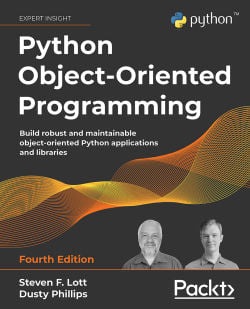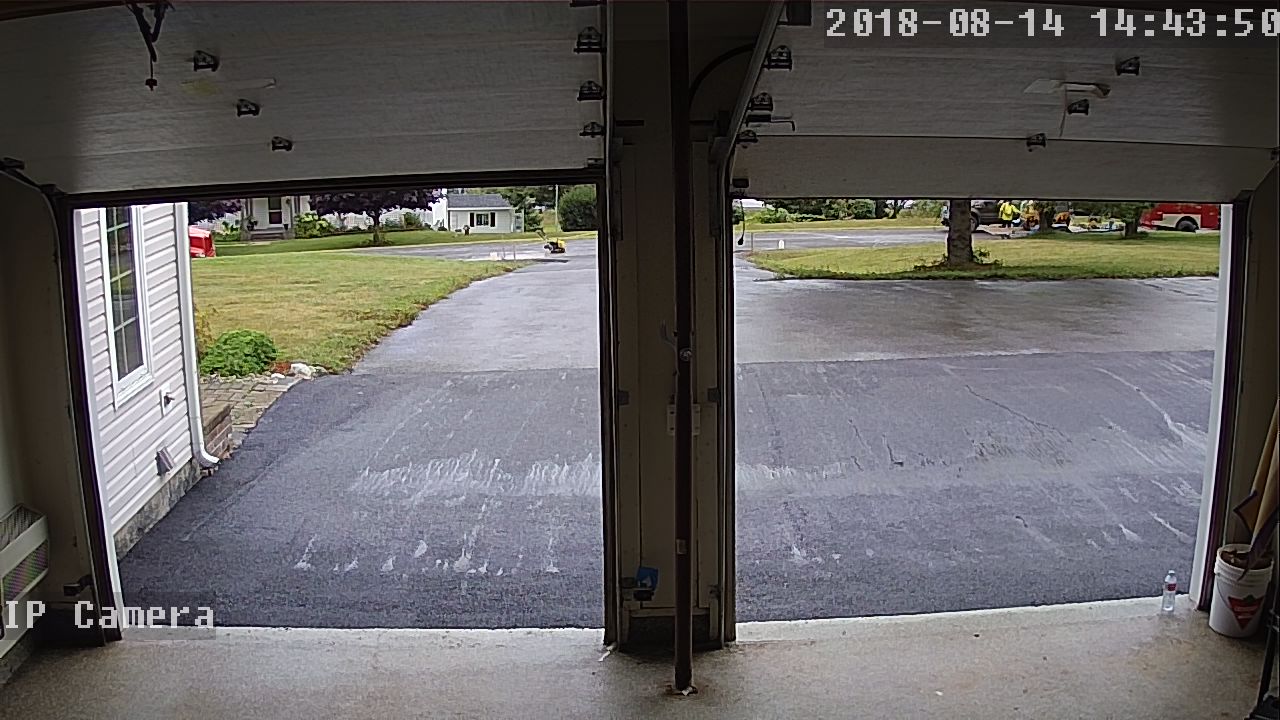Parts in this series An Order to Learn to Program, Part 1 An Order to Learn to Program, Part 2 An Order to Learn to Program, Part 3 An Order to Learn to Program, Part 4 An Order to Learn to Program, Part 5 An Order to Learn to Program, Part 6 Part 5: Beginner programming, dynamically typed This is part 5 in my series on the order to study topics related to programming.
Continue reading



